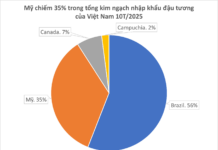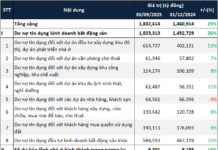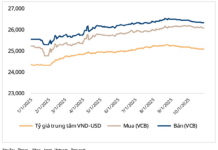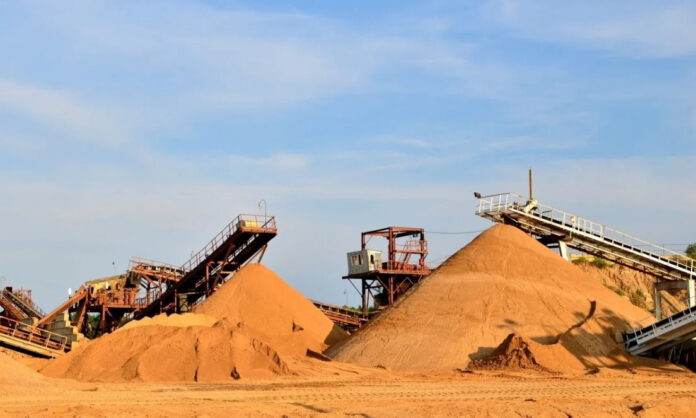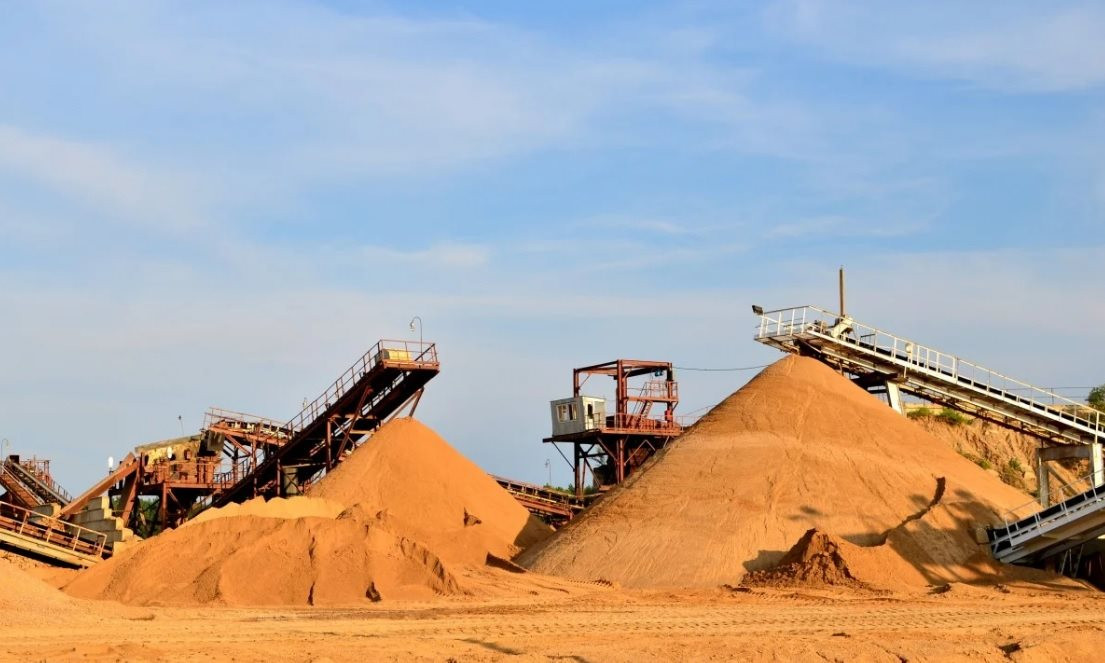
The use of sand for construction dates back at least 60,000 years, making it the second most used resource after water. The rapid population growth and recent urbanization have accelerated the depletion of natural sand reserves.
According to the United Nations Environment Programme (UNEP), an estimated 50 billion tons of sand and gravel are extracted for construction annually, enough to build a 27-meter-wide and 27-meter-high wall around the equator.
China, which has experienced a staggering urbanization rate, jumping from 17% to 58% in four decades, has a particular demand for sand. UNEP warns that the world may soon run out of sand due to the high demand from China and other developing countries.
“We cannot extract 50 billion tons every year of any material without having an impact on the planet,” said Pascal Peduzzi, a researcher at UNEP, in an interview with the BBC in 2019.
However, a recent study published in Nature Geoscience reveals that China’s sand supply, which increased by about five times from 1995 to 2020, is mostly comprised of artificial sand. This sand is produced by crushing and screening rocks or mine waste using machinery.
The study is a collaboration between international researchers from the Research Center for Eco-Environmental Sciences of the Chinese Academy of Sciences, Leiden University in the Netherlands, and the University of Cambridge in the UK.
The research team discovered that China’s sand supply has shifted from natural to artificial sand at a rapid pace, averaging 13% per year.
Meanwhile, the supply of natural sand increased rapidly from 2000, peaked in 2010, and has been declining since. In 2020, the proportion of natural sand to the total sand supply stood at only 21%, down from about 80% in 1995.
This marks an important milestone in the history of human construction, especially considering the astonishingly high proportion of sand consumed by China.
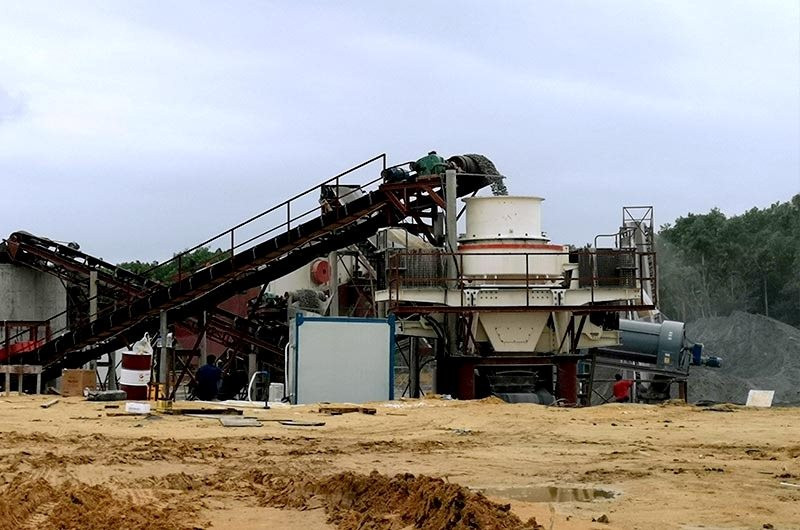
Due to the lack of accurate data on global sand extraction and usage, cement production is often used as an alternative estimation method as cement, water, sand, and gravel are the raw materials for construction. According to UNEP data, China alone accounted for nearly half of global cement production in 2012.
Song Shaomin, a professor at the University of Construction and Architecture in Beijing, is not surprised by this finding. He states that the use of artificial sand in China can reach up to 90%.
He attributes this to the unprecedented urbanization and economic development, especially since 2010, which has depleted China’s natural sand reserves and driven up sand prices. This has prompted the construction industry to turn to artificial sand as an alternative.
The production of artificial sand gained momentum as the government tightened regulations on river sand mining in 2016. Illegal sand mining activities are now closely monitored by an environmental protection inspection organization headed by a ministerial-level official.
Strict regulations and policies have been put in place to curb the extraction of natural sand. Medium and large-scale artificial sand production lines have emerged to meet market demands in a more environmentally friendly and cost-effective way, according to Song.
Currently, two or three suppliers along the Yangtze River have an annual capacity of over 70 million tons, ranking them among the top five in the world.
“The shift from natural to artificial sand is a miracle for a country that has completed massive infrastructure construction and is imperative for China’s development,” he added.
Sand is also a pressing issue in Vietnam and many other developing countries. According to the Department of Building Materials (Ministry of Construction), the annual demand for construction sand in Vietnam is about 130 million m3, while legal supply can only meet 62 million m3/year, or 40-50%. Sand shortages have occurred at many times and in many projects.
Source: SCMP


